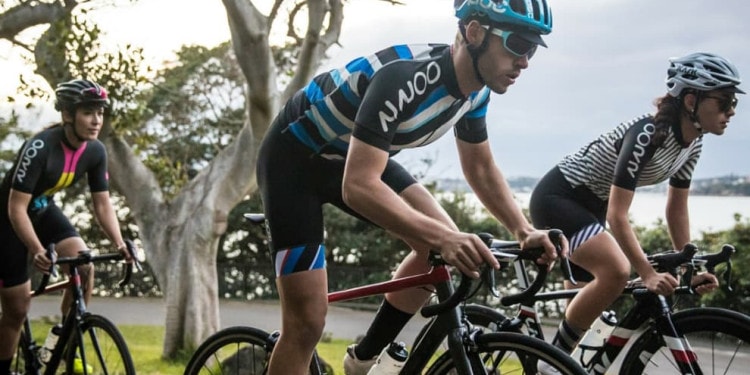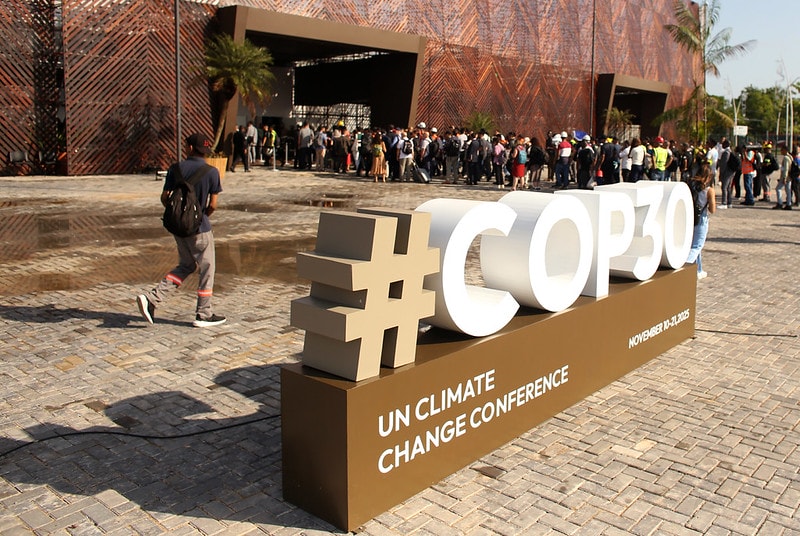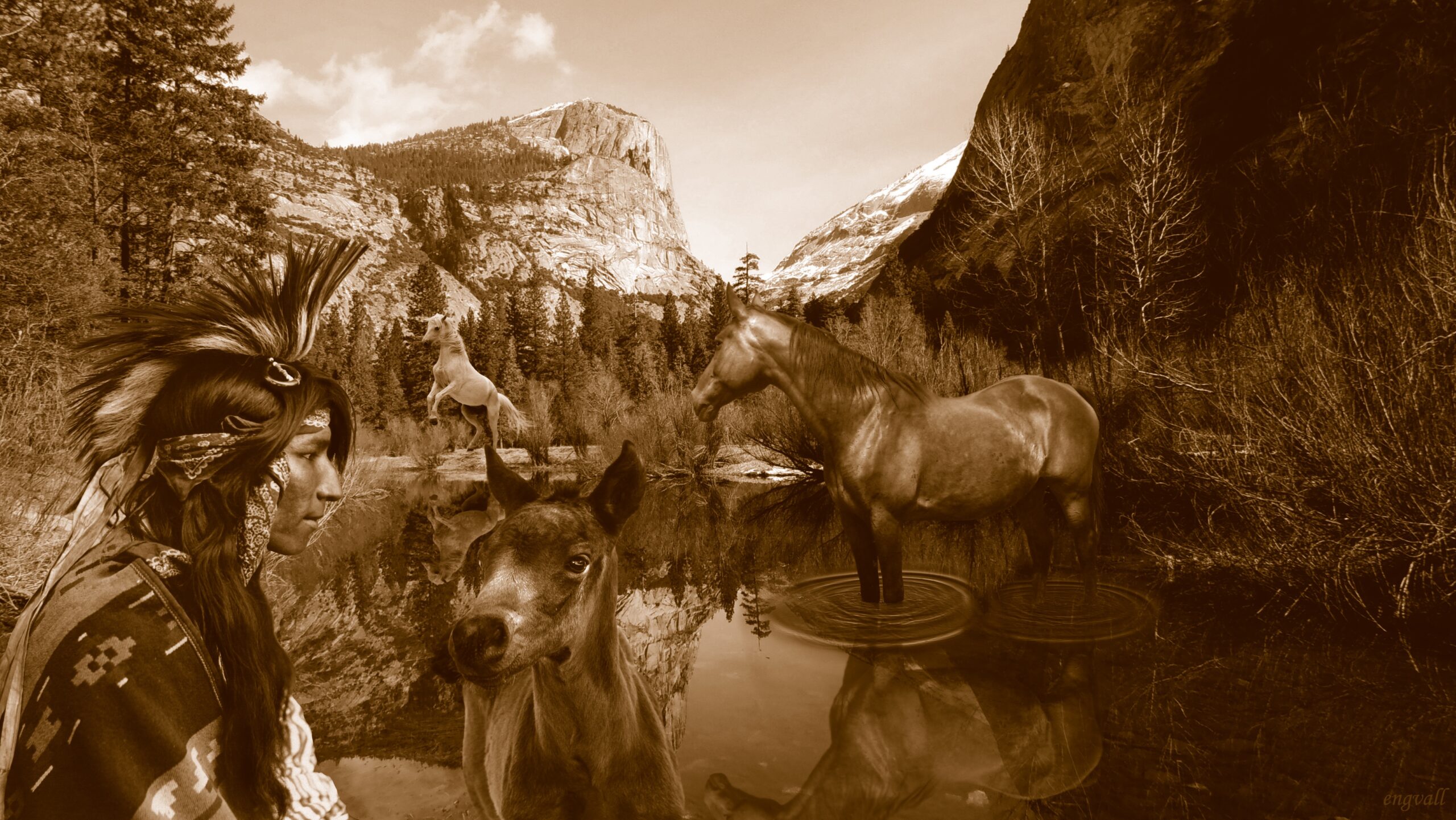‘Performance wear for the planet’. Short. Concise. Impactful, just like any mantra should be. Tim Christian, and his certified B Corp, ‘Out Of the Rat Race‘ is mantra turned mission. Here, the Impakter Sustainability team discusses using business as a catalyst for change with Tim Christian, and how a single mantra can help change the world.
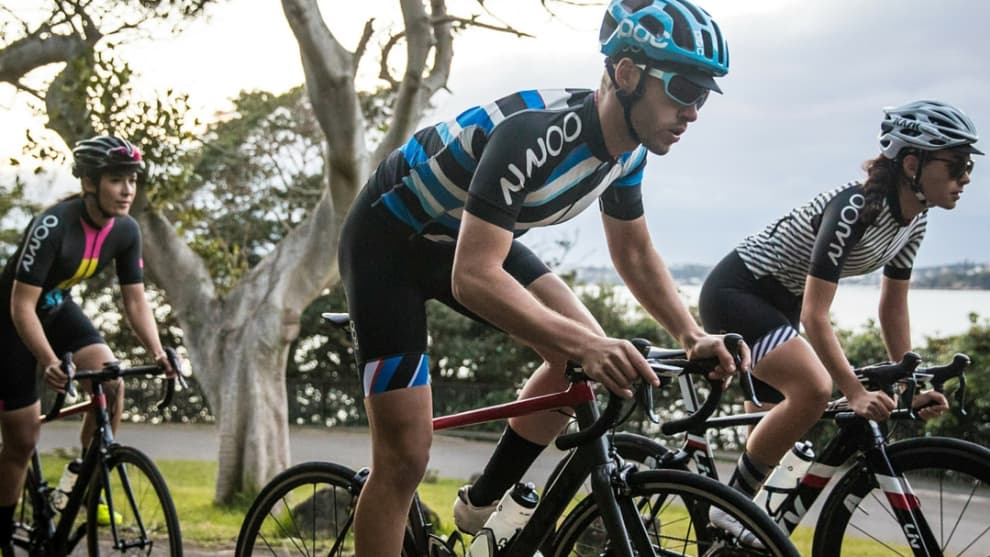
In the photo: OOTR Performance Wear Credit: OORR.com.au
Q. What is Out Of the Rat Race?
Tim Christian: Recycled materials with good quality, that requires much more resources in comparison to normal process? – No, it’s a common sense but actually it’s not true. I want to disrupt the industry by recycling materials. I was surprised no business has done this before. I am a pilot on the side, yet it’s not a very rewarding job.Then I have children, and I really want to save the planet for them. I want my kids to grow up in a safe environment — a green planet.
OORR is a B corporation certified company that promises to bring net benefit to something/someone through sustainability. It spends a part of its benefit to charity projects like Velokhaya. Velokhaya helps children in their development, to get out of the rat race. I want to see these children develop, have self- respect, learn about self-worth, get out of drugs and violence.
OORR gives donations in the form of apparel and bikes.
Q. How is OORR different?
I have a factory outside of Shanghai that is certified as “green factory”. Investigated by B Corporation.
The fabric is made near Shanghai, and some in North Carolina. Some other bits and pieces come from Italy too. Quality control will be done by me. I’ll fly to Shanghai to inspect the garments before they’re shipped. It will have to be perfect!
In 5 years the vision is to create a new market, with exposure to market in China. Though there still stand a lot of barriers. Need to understand this market, especially there is Constraint on internet access.
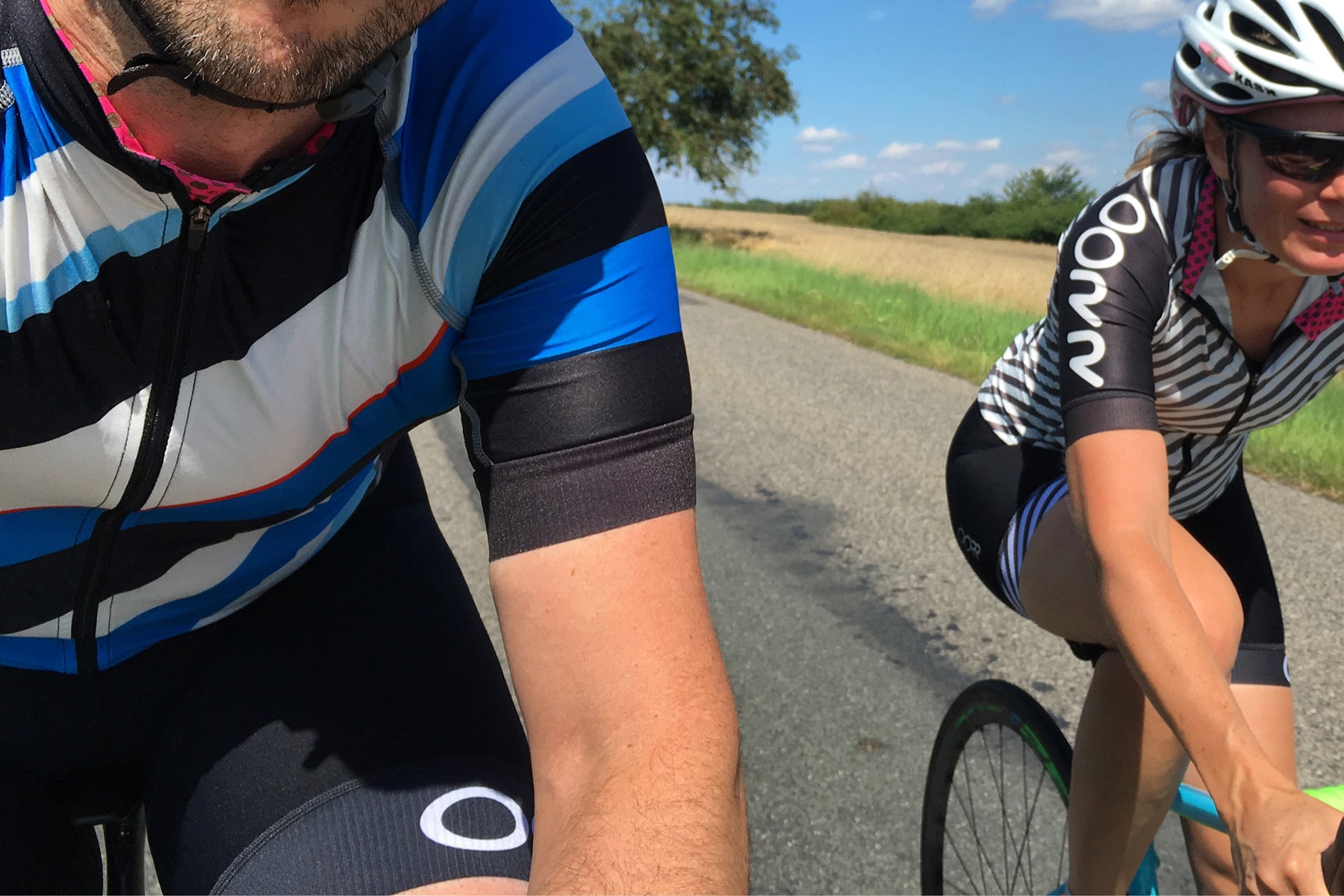
In the photo: OOTR Performance Wear Credit: OORR.com.au
Q. Why the sportswear industry?
The first thought that comes to mind when many are asked to think about ways to be eco-friendly and the largest impacts on the environment, the answer is typically something to do with automobiles. Recycling and the production of waste might be a close second, but fashion doesn’t often pop into the mind so quickly. Yet disturbingly, clothing industry is the second largest polluter in the world. Tim Christian, a pilot, and CEO of OORR cycling apparels, shows up with a solution.
Q. Where did the idea for OORR first come from, and what prompted you to turn the idea into a business?
The Mantra of the OORR brand is ‘Performance wear for the planet’. Demanding performance from your apparel shouldn’t cost the earth – and we’re not talking dollars here. OORR is proof that using recycled products does not mean you must sacrifice performance, comfort or style. With OORR, you can get ahead of the peloton, break free from your own limitations, and get Out of the Rat Race with a crystal-clear conscience.
Q. What is the mission of OORR?
To create beautiful apparel and accessories using recycled and/or sustainable resources.
To challenge consumer perception of recycled materials, and change purchasing habits, effecting a shift in the broader market towards production that is good for the planet.
To contribute part of our profit to aid social and environmental causes.
Q. Where does the name Out Of the Rat Race come from?
Out of the Rat Race. You might want to break free of the shackles of society and experience the freedom and breathtaking majesty of the road in solitude. You might want to get ahead of the peloton, and stay there. You might want to ride whenever and wherever you please, leaving your phone and watch behind.
OORR is all about breaking the mould and pursuing the dream. Back yourself. Commit. Get Out Of the Rat Race – we’d love to come along for the ride.
OORR is a company that prides itself on a concept we believe in: we must be the change we wish to see in the world. Instead of waiting for fashion to be revolutionized, we’re standing at the front lines via cycling fashion that’s eco-friendly.
We hope that we’re only the first in a long line of eco-friendly clothing brands that have a strong focus on sustainability and philanthropy. Our model isn’t one that we covet. In order to make the world a better place, we hope that other brands and individuals take inspiration from our message and become the spark of change needed to globally revolutionize all fashion industry subsets – from high fashion couture gowns to every piece of clothing on every athlete in the world.
This kind of thinking has always been present within the OORR company model. Originally launched in 2013 with a limited line of men’s cycling jerseys, founder Tim Christian put the brand’s focus on both sustainable practices and an unwavering attention to detail. Backed now by more experience, and a greater drive for change, he’s ready to make an impact.
Tim is the father of three boys, and credits his business model inspiration on trying to make the future a better place for them and others.
Q. What role does sustainability play in your company?
I’m trying my best to lead by example. I hope my kids will be proud of what I’m trying to achieve – but also learn that you can do good things in this world, that anything is possible, and that you can have fun doing it.
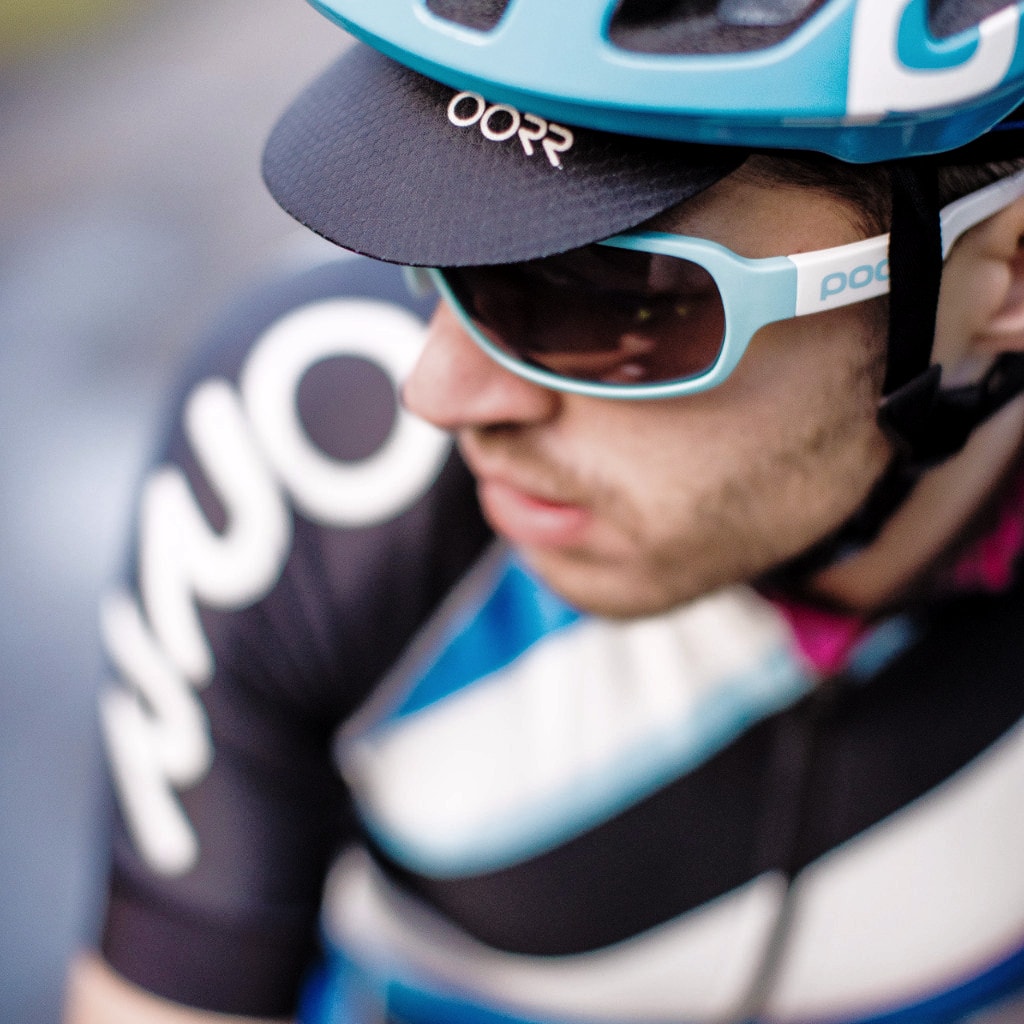
In the photo: OOTR Performance Wear Credit: OORR.com.au
Q. What is your business philosophy and inspiration?
Through sustainable fashion that’s breaking barriers with concern to technology and eco-friendliness, as well as a model and business approach that puts the consumer, the globe and safety first, OORR is looking to kickstart a fashion revOORRlution.
The question must be asked: what is the point of buying and wearing fashion in a world that’s rapidly declining because of the production of said fashion?
On one hand, you have some really beautiful, unique fashion – on the other, you have beautiful unique fashion that is more highly functional, kinder to the planet and contributes to charity. For the same price, which would you choose?
Here’s good news, though: it doesn’t have to be this way. OORR garments are made from fabrics produced by a Chinese fabric manufacturer, through one certified by Bluesign. This global authority on textile production makes sure that certified manufacturers uphold environmental standards that are stringent. Other authorities like Oeko Tex strive for the same accountability textile production globally.
There are a lot of facets of this industry to consider when thinking about a business’ eco-footprint. For instance, clothing brands that consistently churn out new designs for fashion seasons help contribute to an obvious waste cycle – a person buys a shirt, then buys another a month later, throwing out their previous purchase. This cycle of consumption is no accident. The fashion industry sets out to produce clothing at an alarming rate with a push for consumers to stay on trend. This keeps the money coming in while the clothing is going out with the trash.
This means all that dye seeping into the earth and all of those pesticides are used on clothing that is only meant to last a few months. Does that seem worth it?
OORR is dead set on making environmentally conscious apparel and accessories, but we’re a very fine tip of an ever-expanding iceberg. As consumers, the goal should not only to require fashion companies to be environmentally aware, but also to consume less in general. When consumers demand less of fashion companies, the environment is helped immensely.
I’ve come to learn recently that I’m never more vulnerable than when I’m trying to sell something.
I put my heart and sole into my business. As a solo-preneur (I hate that term, but it’s probably the closest thing to what I am), efficiency is everything if you want to have any time at all with your family. Developing the best apparel possible, for the consumer, the manufacturer, the planet and our charity partner has taken its toll on my time.
Q. What challenges come with being a B Corp startup?
When you put your everything into something and you believe in it so much – the sale process is like bearing your sole to the world, and hoping for acceptance. Negative comments hurt, and positive ones make you brim with pride. Nothing beats the feeling you get when your product or idea is validated by customers who not only back you financially, but also shout from the rooftops to try and help you out.
That’s the phase I’m in right now – my project is currently live on Kickstarter and just today has passed the minimum funding target. Again, I’m solo, and this is my first attempt at Crowdfunding. The support I’ve had is great, but the pace is frenetic, and there just aren’t enough hours in the day to do all the necessary PR work, social media etc. on my own. Thankfully I have a very committed group of backers who share my vision for creating a better future for our kids through the production of greener consumer products. They have been key to my success so far. But still- there is very little time, and I just can’t get the coverage I desire without outside help.
I decided to enlist the services of a crowdfunding marketing specialist to help spread the word. Every day I get messages from different business pitching their wild successes, and advising how they can help me make millions. I picked one – buried in the middle of the day, while juggling kids swimming lessons, dentist appointments etc. while trying to manage all of the marketing, and my wife is overseas for work. I just chose one that looked decent. I made a good deal, and got a money back guarantee. The guy had his profile picture up on the website under the ‘about us’ tab, along with 3 other team members. They all looked professional and friendly. What could possibly go wrong?! I was dealing with the head-honcho. The grand poohbah. The king of the crowdfunding jungle. ‘Richard Wright’ from crowdedhub.com – Harvard educated even – and with several projects under his belt in the millions, I was in good hands.
I don’t know what it was, but late at night, as I was climbing into bed, something made me get back out again. All of a sudden, I had to check this guy out. I realized that I did something I never normally do – I put money towards something with absolutely no due diligence. I’m a trusting (and trustworthy) guy. I’m giving a serious chunk of the funds raised for this project to charity. I’m trying to make the world a better place. I’m also desperate to make this a success, and seriously time-poor.
My first port of call was LinkedIn – couldn’t find any of the staff, nor the grand chief anywhere there. That was pretty much the deathnell, but I persisted anyway in the hope that something solid would turn up.
I contacted several of the businesses he claimed to have helped. None of them had ever heard of him.
I contacted him, and he was very upset that I would question his integrity and that of his team. Despite this, he couldn’t provide any detail about how he was going to market my campaign, and would not disclose details of any businesses he had helped. Reluctantly, he eventually produced an email address from one of his ‘clients’ after I had made a formal complaint on PayPal. It was a Gmail address (most likely one he created specifically for this reason), and the ‘business’ said he was amazing. Surprise, surprise. The smell of rat was becoming overpowering – particularly when this dude wouldn’t tell me his business name, or give any details about the campaign ‘Richard’ helped him with.
Q. What happened with the dead guy?
Soon after, I received a follow-up email from an awesome person. It was someone from one of the companies I contacted that were listed on his website as success stories of his. They’d earlier advised that they didn’t know the guy from a bar of soap – NOW they were telling me the picture of ‘Richard’ was actually stolen from an online Obituary! Kudos to them for doing a little more digging on my behalf. Epic bad karma for ‘Richard’ who was using a picture of a dead guy as himself. By this stage, after dozens of emails between ‘Richard’ and I, I was already convinced it was a scam. This was just icing on the cake – it was actually pretty funny – and the final gust of wind to blow down his house of cards.
Q. What have you learned by creating OORR?
I’ve learnt that I’m super vulnerable right now because I’m time poor, and particularly because I’m trying to sell my idea to the world and I want it so badly to work. I know that the scumbags of the earth prey on the vulnerable, but had never really experienced it in this context before.
My advice is – when you’re in this space yourself – look before you leap. This mistake was made by me trying to save time, and it has actually cost me a lot more time to try and clean up the mess. Connect with the people involved. Get on Skype, and see their face. Ask for the business credentials – they should have a fixed address. They should have testimonials from real people. They should have raving fans, shouting their praises from the rooftops (as should you) who would be more than willing to discuss their campaigns. They should be verified on PayPal. They should be able to send you links they’ve posted on blogs etc. for other campaigns. They should have a LinkedIn profile (with many connections), and be happy to connect with you. They should write you a decent proposal before they take your money. They should be able to do so many things that crowdedhub.com just couldn’t.
I’ll notch this one up to experience, and be grateful I didn’t lose too much dough. Karma is a bitch – I feel sorry for ‘Richard.’


